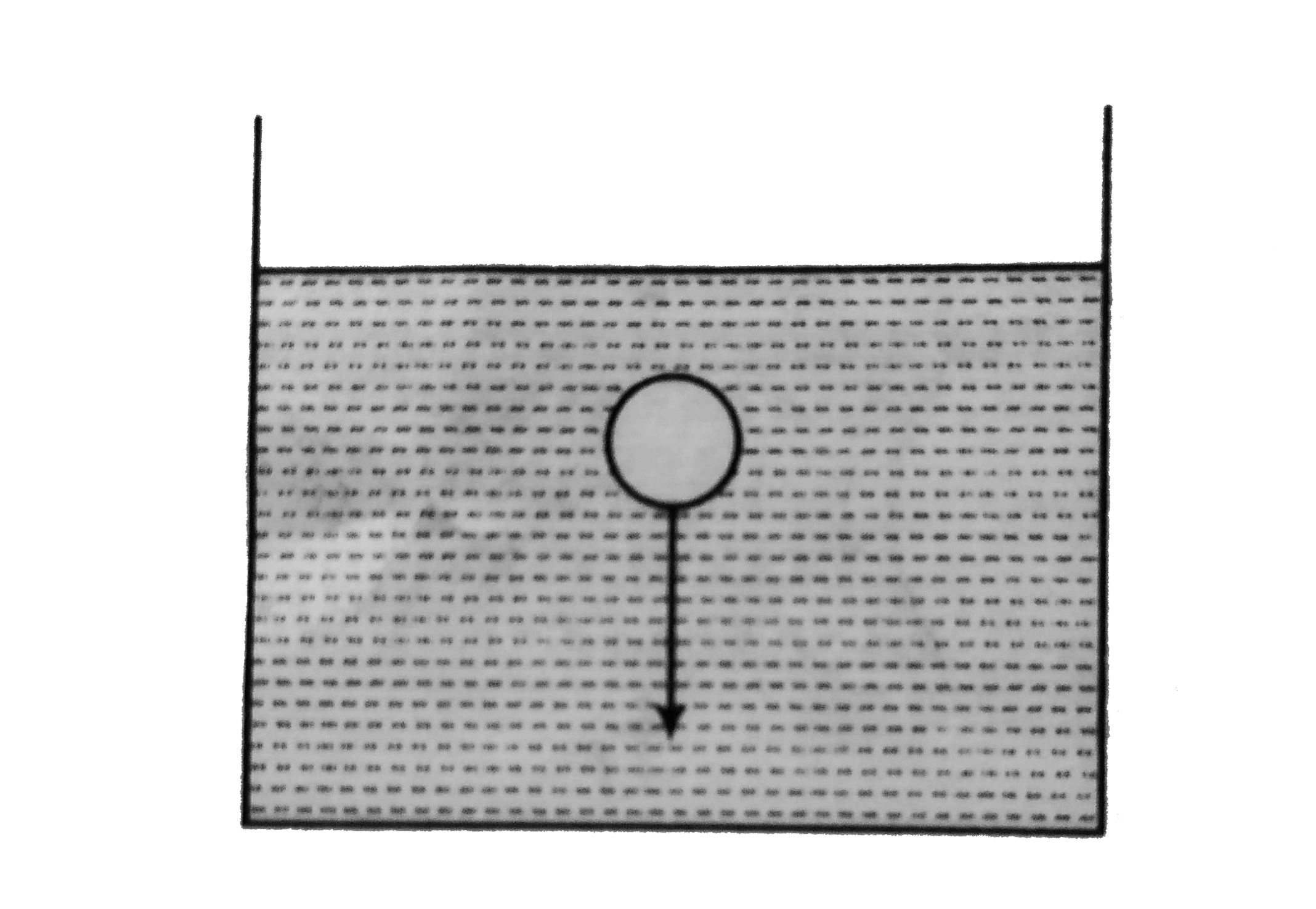The total heat content/potential energy of a system is called
enthalpy
free energy
activation energy
entropy
The correct Answer is:A
Step-by-Step Solution:
1. Understanding the Question: The question asks for the term that describes the total heat content or potential energy of a system.
2. Identifying the Options: The options provided are:
- Enthalpy
- Free Energy
- Activation Energy
- Entropy
3. Analyzing Each Option:
- Enthalpy: Defined as the sum of the internal energy of a system and the product of its pressure and volume (H = E + PV). It represents the total heat content of a system.
- Free Energy: Refers to the energy available to do work in a system, but it is not the total heat content.
- Activation Energy: The minimum energy required to initiate a chemical reaction, which does not relate to the total heat content.
- Entropy: A measure of the energy in a system that is unavailable to do work, which again does not reflect total heat content.
4. Conclusion: Based on the definitions and properties of each term, the correct answer is Enthalpy. It is the total heat content or potential energy of a system.
5. Final Answer: The total heat content/potential energy of a system is called Enthalpy.
---
- Enthalpy
- Free Energy
- Activation Energy
- Entropy
- Enthalpy: Defined as the sum of the internal energy of a system and the product of its pressure and volume (H = E + PV). It represents the total heat content of a system.
- Free Energy: Refers to the energy available to do work in a system, but it is not the total heat content.
- Activation Energy: The minimum energy required to initiate a chemical reaction, which does not relate to the total heat content.
- Entropy: A measure of the energy in a system that is unavailable to do work, which again does not reflect total heat content.
Topper's Solved these Questions
Similar Questions
Knowledge Check
A point charge .q. is kept at each of the vertices of an equilateral triangle having each side .a.. Total electrostatic potential energy of the system is:
A(14πε0)3q2a2B(14πε0)3qaC(14πε0)3q2aD(14πε0)3qa2The potential energy of a system increased if work is done
Aupon the system by a non conservative forceBby the system against a conservative forceCby the system against a non conservative forceDupon the system by a conservative force
A ball of volume V and density ρ1 is moved downwards by a distance 'd' in liquid of density ρ2. Find total change in potential energy of the system.

View SolutionQ. Statement I: The total energy of a particle performing simple harmonic motion could be negative. Statement II: Potential energy of a system could be magnetic.
View SolutionFind the electric potential energy of the system of charges
View SolutionThree charges −q,+Q and −q are placed in a straight line as shown

If the total potential energy of the system is zero, then the ratio qQ is
View SolutionCharges−q,Q,and−q are placed at an equal distance on a straight liner. If the total potential energy of the system of three charges is zero, then find the ratio Q/q.
 .
.
View SolutionCalculate the changes in internal energy of a system if,
400 calorie of heat energy are added to the system and the system does 500 calories of work on the surroundings.
View Solution

